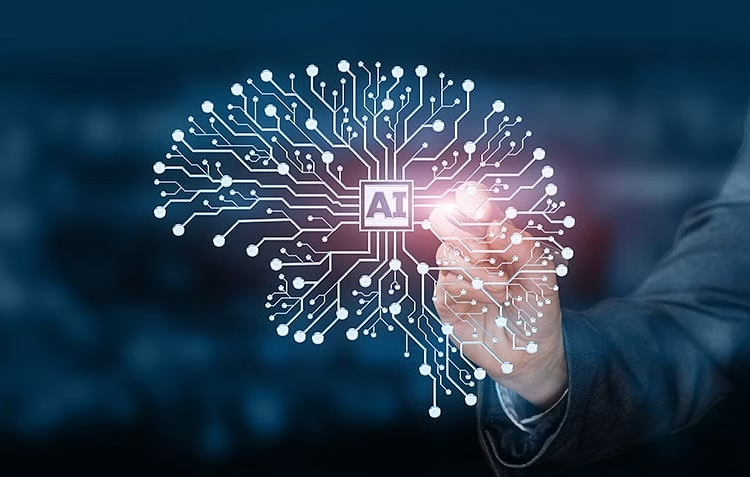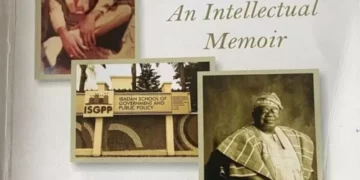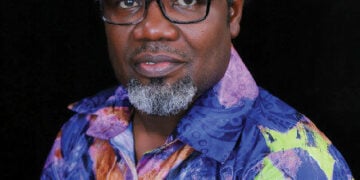Experts in Theatre Photography have expressed worry that artificial intelligence (AI) and new/emerging technologies will devalue the essence of their craft – which is the capturing of live images, and the magic of theatre.
In a chat with LEADERSHIP Books and Arts, founder, Theatre Exposed, an international theatre photography competition, Irina Averina said that just as in fairy tale where there is living and dead water, theatre photographers create off the immediacy of live theatre, as they seek to capture that one moment or moments that symbolize the entire process, theme of a particular production or its protagonist, compared to the AI-crafted images that are focused on the end-product.
“Nobody wants to drink from a dead spring. The synergy of creativity creates a unique atmosphere that cannot be conveyed using AI,” said Averina.
To capture the magic of theatre, she said is no easy task, as popular Georgian Photographer, Yuri Mechitov confirmed, “I expect photographic adequacy from theatrical photography. Such a miracle as the theatre! But, alas, this is an incredibly task. I’ve been photographing theatre for a long time, but I can only boast of a few pictures. Modern technology has both simplified and complicated the task. It has become easier to record but to create remains extremely difficult.”
Thus, to be a true practitioner of theatre photography, Estonian photography and founding member of the Theatre Exposed Expert Council, Jelena Vilt, urges that one should be versed in technical aspects of photography, education in culture and arts is mandatory, in addition to training in classical drawing, and the ability to navigate between classical and modern painting, and other forms of art including music, dance etc.
“This is necessary to maintain high quality of the artistic work he creates, and to become a true and recognized master of photographic art. Afterall, who is a modern photo artist, if not an art critic? In modern conditions, he is not only a creator of history, participating in the cultural development of society, but also a researcher of the history and theory of art, as well as an active participant in the visualization of the artistic process and its archiving.”
Regardless of their concerns, observations show that emerging technologies and AI capacities are developing in leaps and bound, and encompassing industries. Industries unable to adjust or find ways to incorporate with these innovations will be overridden.
To this Averina said, “We are discussing and closely following trends and news in the field of AI. But everyone now understands that the fourth technological revolution will lead to big changes.
Many find the prospect of competing with AI for creative work daunting. Some people think that there is no reason to worry. But those who are involved in digital art really see that images generated or processed by AI are difficult to distinguish from those made by humans.”





